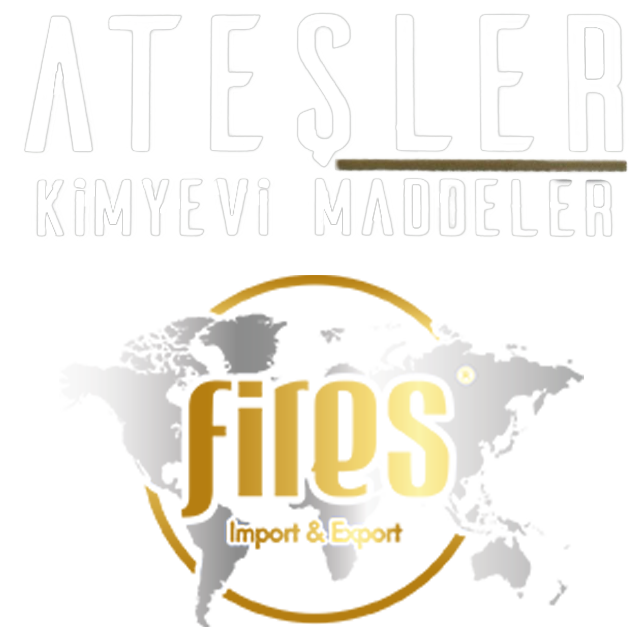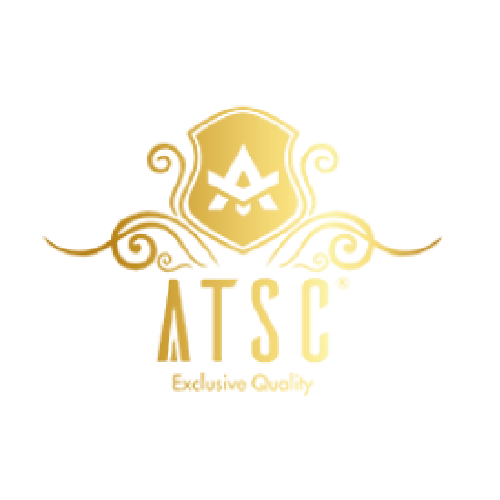



| CRAW MATERIAL |
FORMULA | VIEW |
BRAND | ORIGIN |
PACKAGING |
INTENDED USE/ LOCATION |
| ACETIC ACID |
Na3C6H5O7 | Transparent, liquid form |
AKKIM |
TURKEY |
65-70 KG |
In food: 5% to 8% solutions of acetic acid are used directly in vinegar production. In addition, solutions up to 18% are also used in pickle making. It is used in salad dressings, mayonnaise, sweet and sour pickles and many solar and meat curing and vegetable preserves. In mayonnaise production, the addition of acetic acid reduces the resistance of Salmonella to heat. The use of acetic acid is permitted in bread and other bakery products. However, the amount required for sufficient antimicrobial effect may create an undesirable taste in the product. Acetic acid is used in foods where acidity and characteristic flavor are desired, such as ketchup, mayonnaise and pickles, both to add flavor and to benefit from its preservative effect. As a solvent Acetic acid is an excellent polar solvent. It is used as a solvent in the production of teraphthalic acid (the raw material for polyethylene teraphthalate-PET). It is also used as a solvent in many reactions involving carboxathions. Chemical production: Acetic acid is the main raw material for the production of sodium acetate (textile industry and food preservative), copper acetate (used as pigment), aluminum and iron acetate (used as colorant for dyes). pH adjuster: It is widely used in textile, food, cosmetics, leather and pharmaceutical industries because it is a weak acid and easily miscible with aqueous solutions. The most widely used acid in the textile industry is acetic acid. Generally, since all softeners react in acidic environments, it is given to the bath to ensure that the softener is absorbed into the fabric. |
Fevzi Çakmak Mah. 10768 Sk. C Blok No: 4/B Karatay/Konya/TURKEY